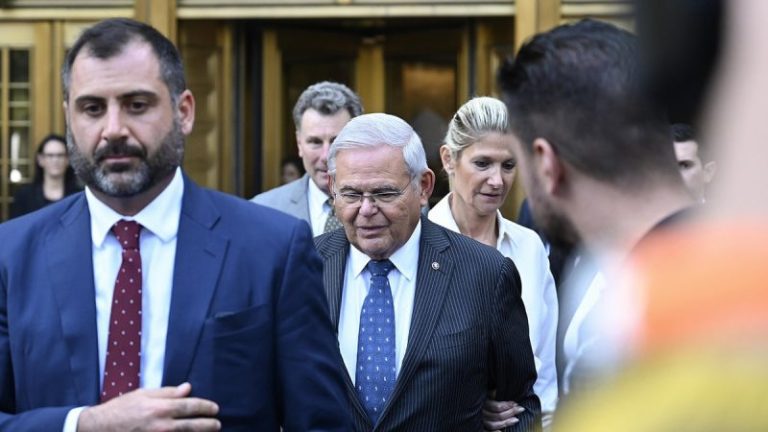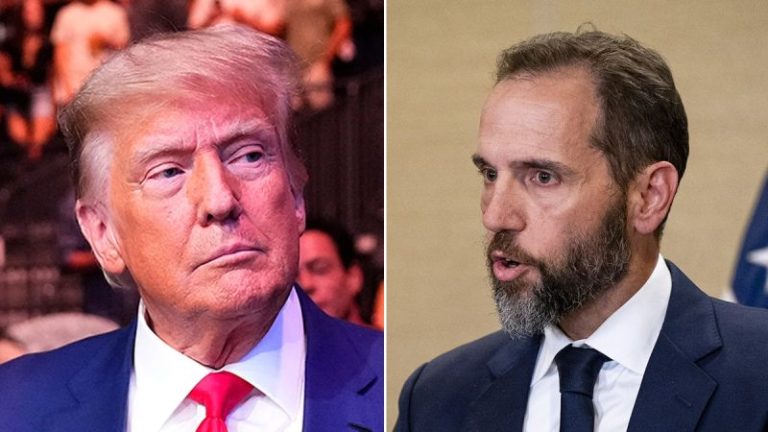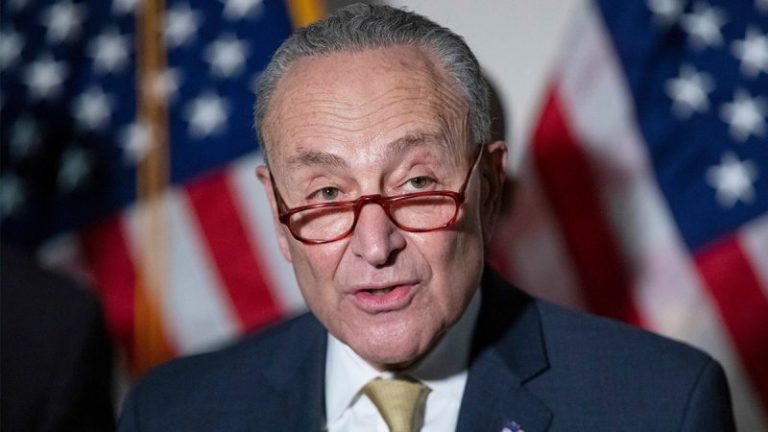Special Counsel Jack Smith has filed another motion with the district court, which seeks to tamp down what former President Donald Trump’s legal team can tell a jury in his federal trial currently scheduled for March.
The motion, filed Wednesday in the U.S. District Court for the District of Columbia, is seeking to limit what statements Trump can make leading up to his scheduled March 4 federal trial on alleged 2020 election interference.
That includes a request to prevent Trump from telling the jury he is being prosecuted by the DOJ in coordination with President Biden, as well as suggestions by Trump of undercover agents fomenting violence at the Capitol riots, and of ‘foreign influence’ in the 2020 election.
‘Through public statements, filings, and argument in hearings before the Court, the defense has attempted to inject into this case partisan political attacks and irrelevant and prejudicial issues that have no place in a jury trial,’ Smith’s team told U.S. District Judge Tanya Chutkan.
‘Although the Court can recognize these efforts for what they are and disregard them, the jury — if subjected to them — may not. The Court should not permit the defendant to turn the courtroom into a forum in which he propagates irrelevant disinformation, and should reject his attempt to inject politics into this proceeding. To ensure that the jury remains focused on its fact-finding duty and applies the law as instructed by the Court, the defendant’s improper evidence and argument should be excluded.’
The filing claims that ‘through his groundless demand for discovery of evidence regarding ‘investigative misconduct,’’ Trump ‘has suggested that he intends to impeach the integrity of the investigation by raising wholly false claims such as the Government’s non-existent ‘coordination with the Biden Administration’ and other empty allegations recycled from the selective and vindictive prosecution motion that he based on anonymous sources in newspaper articles.
‘Although the defendant is entitled to cross-examine the Government’s law enforcement witnesses about matters fairly within the scope of their direct testimony, he cannot raise wholly irrelevant topics in an effort to confuse and distract the jury. Much as the defendant would like it otherwise, this trial should be about the facts and the law, not politics.’
The motion seeks to prevent Trump from telling jurors about the potential punishment he could face if convicted, as well as blaming law enforcement agencies for a lack of preparation in advance of the Jan. 6 Capitol riot.
‘Evidence about undercover actors holds no probative value here,’ Smith’s team wrote in the filing regarding the riot, saying the ‘defendant also appears poised to blame undercover agents, government informants, or confidential human sources (collectively, ‘undercover actors’) for the violence at the Capitol on January 6.’
Fox News Digital reached out to the Trump campaign for comment but did not immediately receive a response.
The motion to preclude Trump from introducing broad categories of arguments is a way for prosecutors to try to set parameters on what information they believe the jury should, or should not, hear when the case reaches trial. It was filed as the case is effectively on hold during an appeal of the former president’s claims that he is immune from prosecution for acts taken while in the White House.
‘A bank robber cannot defend himself by blaming the bank’s security guard for failing to stop him,’ prosecutors wrote. ‘A fraud defendant cannot claim to the jury that his victims should have known better than to fall for his scheme. And the defendant cannot argue that law enforcement should have prevented the violence he caused and obstruction he intended.’
The Supreme Court declined last week to get involved in the dispute for now, but a federal appeals panel is set to hear arguments on the matter on Jan. 9. The trial is scheduled for March 4 in federal court in Washington, D.C., but it could be postponed by appeals of the immunity issue.
Chutkan imposed a partial gag order against Trump in October blocking him from making statements targeting Smith, his staff, potential witnesses and court personnel.
Chutkan said the former president is able to criticize the Justice Department in general terms and has the right to post his view that the case against him is politically motivated. However, the judge said Trump cannot post attacks against prosecutors or court staff.
A federal appeals court upheld key parts of that gag order in December.
‘An Appeals Court has just largely upheld the Gag Order against me in the ridiculous J6 Case, where the Unselect January 6th Committee deleted and destroyed almost all Documents and Evidence, saying that I can be barred from talking and, in effect, telling the truth,’ Trump posted on Truth Social after that ruling.
‘In other words, people can speak violently and viciously against me, or attack me in any form, but I am not allowed to respond, in kind. What is becoming of our First Amendment, what is becoming of our Country? We will appeal this decision!’
Trump pleaded not guilty in federal court to all four federal charges stemming from Smith’s investigation into 2020 election interference and the Capitol riot on Jan. 6, 2021.
The judge presiding over the New York Trump Organization trial also imposed a partial gag order to prevent all parties from engaging in any verbal attacks against court staff after Trump criticized a member of the judge’s office on social media.
An appeals court stay was temporarily issued on the New York gag order, but it was reinstated in November.
‘Merry Christmas to all, including Crooked Joe Biden’s ONLY HOPE, Deranged Jack Smith, the out of control Lunatic who just hired outside attorneys, fresh from the SWAMP (unprecedented!), to help him with his poorly executed WITCH HUNT against ‘TRUMP’ and ‘MAGA,” Trump posted on Truth Social on Christmas Day.
Fox News Digital’s Brooke Singman and The Associated Press contributed to this report.
This post appeared first on FOX NEWS










